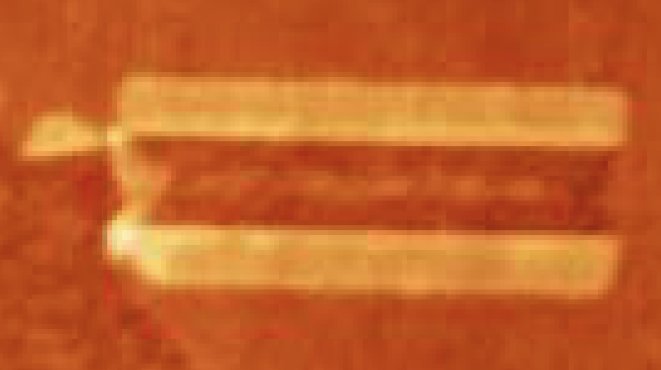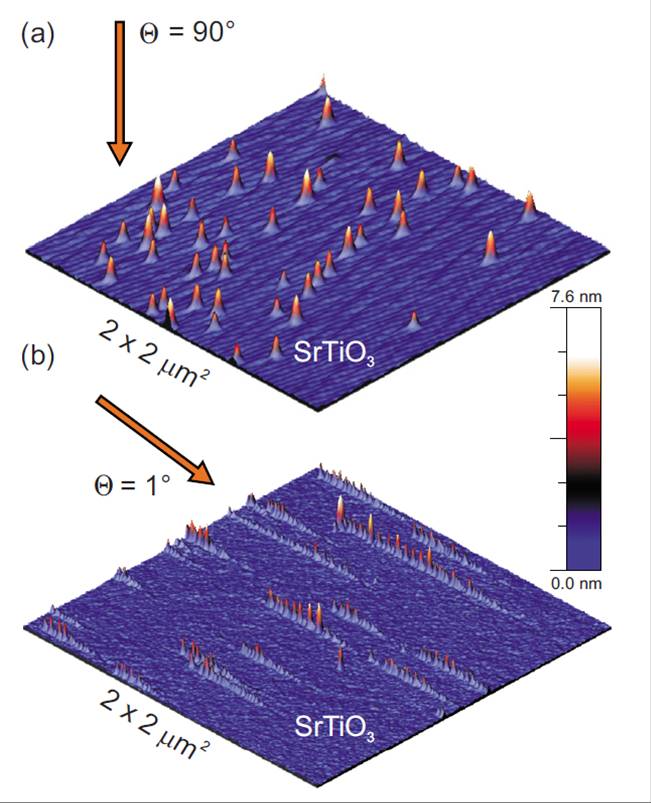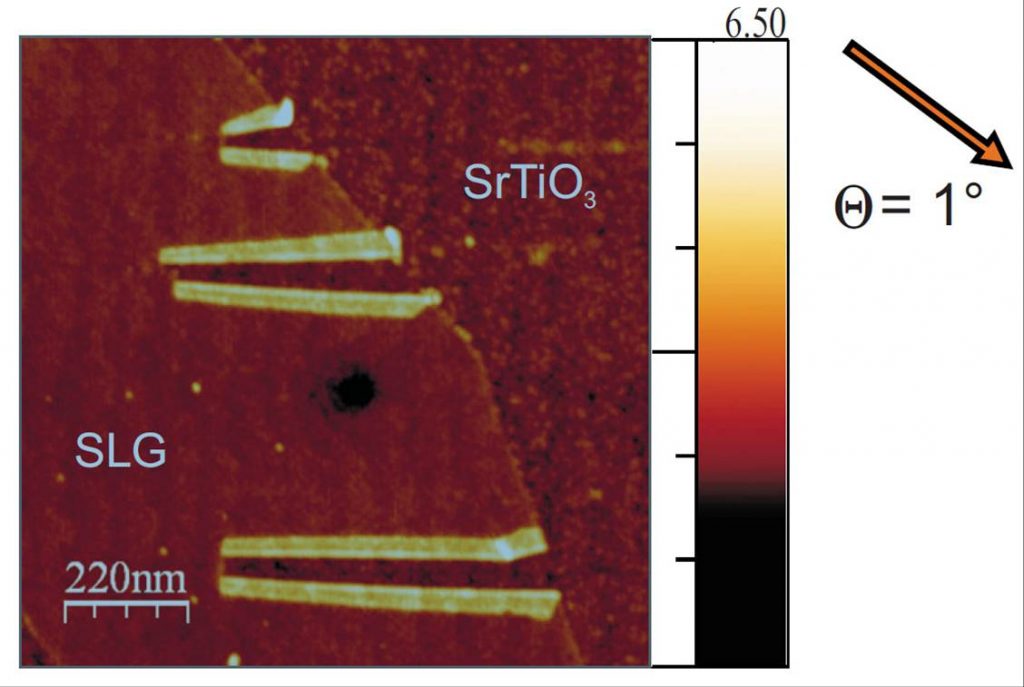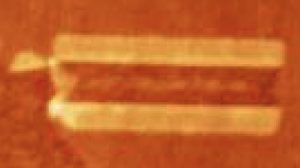By extracting one layer from a graphite crystal, one gets a graphene plane. This two-dimensional crystal of carbon is being studied in great details due to its outstanding electrical and thermal conductivity and its unusually high mechanical strength. To realize the many potential applications (ultrafast electronics, reinforced materials, …), tools to manipulate and shape the graphene sheets must be designed. Scientists from CIMAP at GANIL in Caen, in collaboration with scientists from the University Duisburg, Essen (Germany), have recently shown that graphene can be cut and folded by irradiation with heavy ions at grazing incidence. While heavy ion irradiation usually leads to the formation of extended defects in the form of surface nanostructures, this process to cut graphene sheets is fully original.

André Geim and Konstantin Novoselov received the 2010 Nobel Prize in Physics “for groundbreaking experiments regarding the two-dimensional material graphene”. This two-dimensional single crystal structure of carbon opens, in fact, many potential applications for fast electronic or development of new materials with exceptional electronic and/or mechanical properties. To use graphene in these applications, it is important to develop methods to shape and manipulate these objects, and scientists from CIMAP and the University of Duisburg-Essen show the possibility of swift heavy ion irradiation for graphene structuring.
A typical effect of swift heavy ions (0.5 to 5 MeV/nucleon, at the IRRSUD and SME beamlines of GANIL) under grazing incidence on a surface is shown in the figure: the ion impact generates a line of regularly nanoscaled hillocks that are readily observable by surface studies, such as the atomic force microscopy (AFM). The distance between the hillocks and the total length of the line depends on the incidence angle of the projectile. It is therefore one method to get regular surface structures that are formed along the impact of each ion [1].
These hillocks lines are a manifestation of the latent track, projected onto the surface plane, due to electronic excitations induced by the passage of the projectile. This projection is limited to a given depth that mainly depends on the material: the maximum depth is typically 3 nm for graphite [3] and 8 nm for SrTiO3 [2]. By a 3D model including two temperature distributions (one for the electrons, the other for the crystal), it was shown that these bumps are located at the projection of the electron density maxima on the path of the projectile [2].

Continuing such studies on surface nano-structuring processes with ions, the system composed of graphene monolayers deposited on a substrate (SrTiO3 or SiO2) has been investigated. Unusually, it is observed that fast ion irradiation under grazing incidence (1°) cuts and folds the graphene sheet. The cuts are along the beam direction, and each cutting edge is folded on itself, like a window opening [4] (see figure).
Comparing the tensile strength of graphene to the stress induced by the formation of the hillocks created in the underlying support shows that this simple mechanical effect is not enough to cut the graphene sheet. It is therefore necessary that the passing ion initially generates defects within the graphene layer to weaken it. The length of the cut depends on the angle of incidence and is currently limited by the size of the graphene sheet (several μm2).
Beyond this demonstration of this original mechanical behavior of graphene under irradiation, this result could be useful for the development of new devices with this new carbon material. The studies are conducted in close collaboration between the CIMAP and the University of Duisburg-Essen (Germany).

References:
[1] Creation of multiple nanodots by single ions
E. Akcöltekin, T. Peters, R. Meyer, A. Duvenbeck, M. Klusmann, I. Monnet, H. Lebius et M. Schleberger,
Nature nanotechnology, 2 (2007) 290.
[2] Swift heavy ion irradiation of SrTiO3 under grazing incidence
E. Akcöltekin, S. Akcöltekin, O. Osmani, A. Duvenbeck, H. Lebius et M. Schleberger
New Journal of Physics 10 (2008) 053007.
[3] Scanning probe microscopy investigation of nanostructured surfaces induced by swift heavy ions
S. Akcöltekin, E. Akcöltekin, M. Schleberger et H. Lebius
J. Vac. Sci. Technol. B 27, (2009) 944.
[4] Unzipping and folding of graphene by swift heavy ions
S. Akcöltekin, H. Bukowska, T. Peters, O. Osmani, I. Monnet, I. Alzaher, B. Ban d’Etat, H. Lebius et M. Schleberger
Applied Physics Letters 98 (2011) 103103.
Contact CIMAP: Henning LEBIUS.
Collaboration:
CIMAP : H. Lebius, I. Monnet, B. Ban d’Etat, A. Cassimi
University of Duisburg-Essen: S. Akcöltekin, H. Bukowska, T. Peters, O. Osmani, M. Schleberger.


